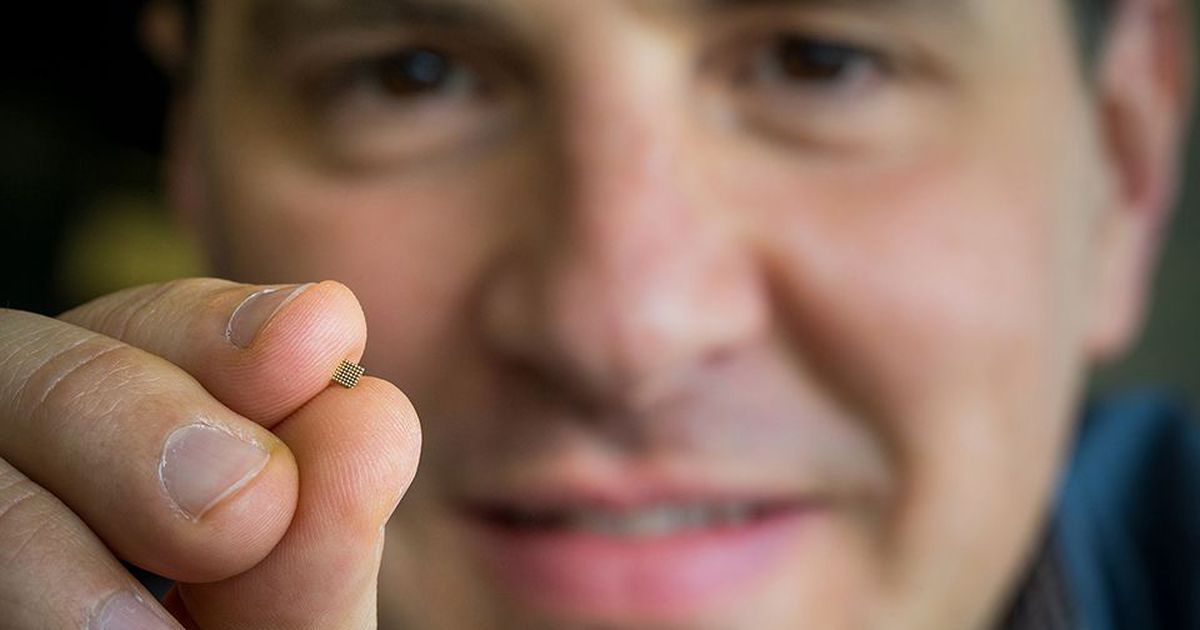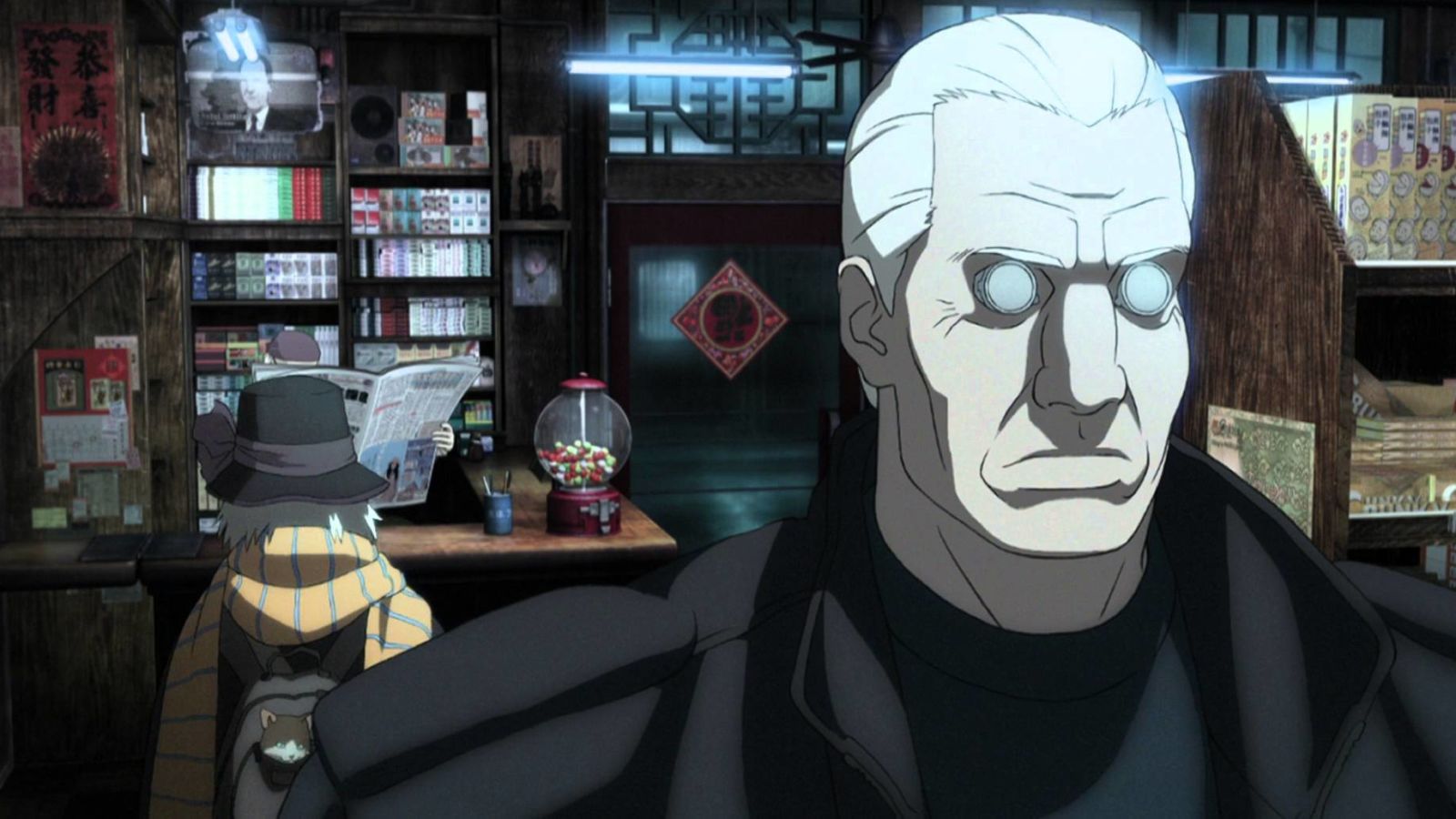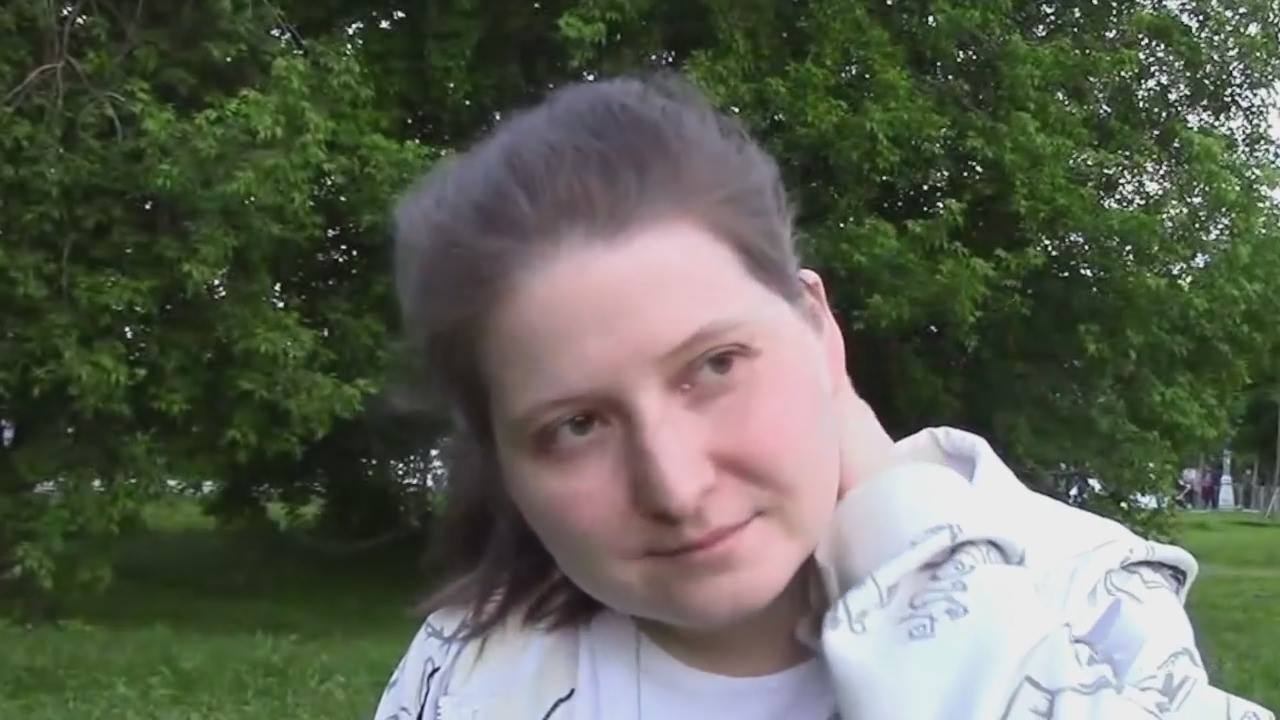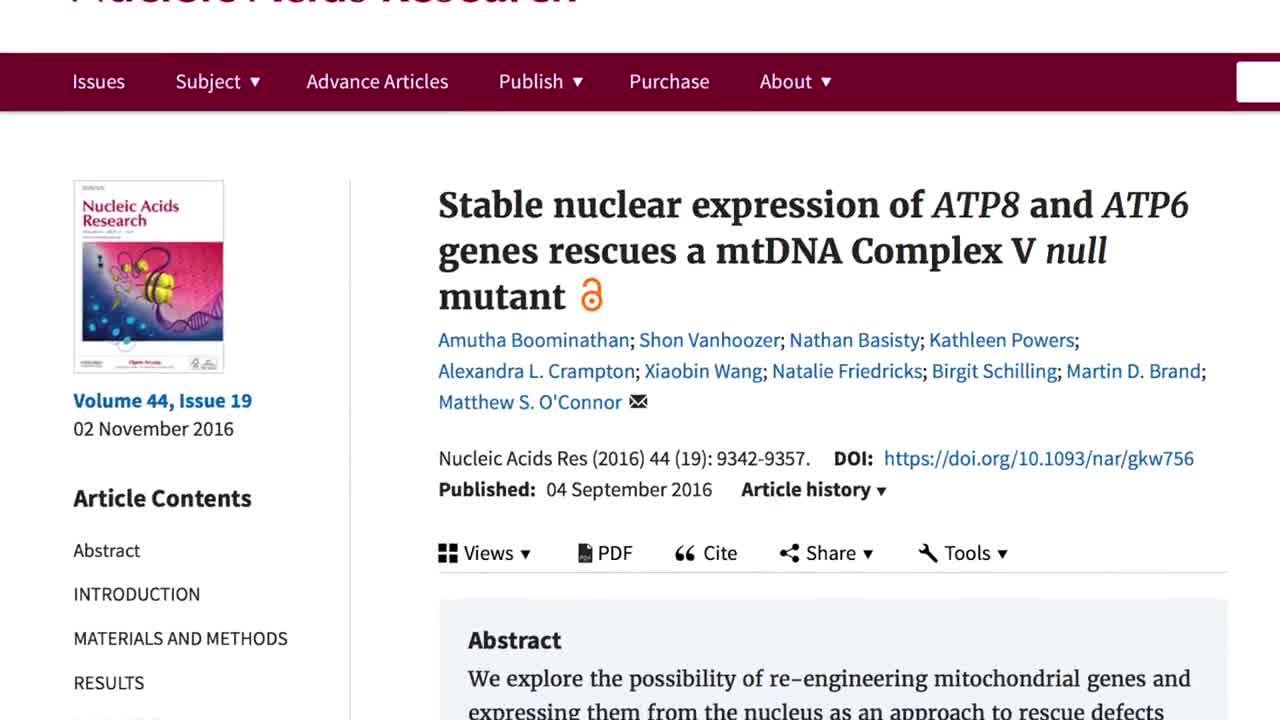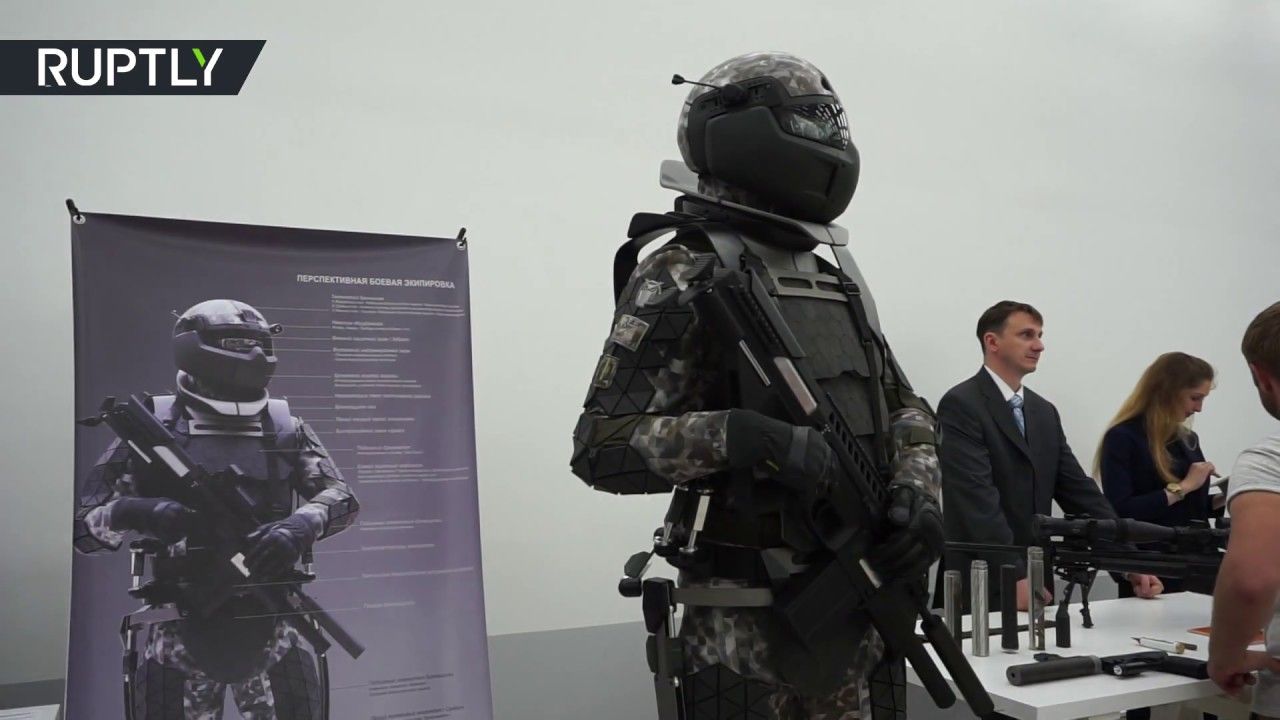We are a new aerospace start-up company that aims to open up the possibilities and potential of an off-Earth commercial market. We aim to develop ground breaking technologies that will enable the extraction, processing and use of materials derived from the many millions of asteroids known to exist near Earth and further afield.
“The dominant paradigm is that these [sensor] devices are dumb,” said senior researcher with Microsoft Research India, Manik Varma.
Now, Varma’s team in India and Microsoft researchers in Redmond, Washington, (the entire project is led by lead researcher Ofer Dekel) have figured out how to compress neural networks, the synapses of Machine Learning, down from 32 bits to, sometimes, a single bit and run them on a $10 Raspberry Pi, a low-powered, credit-card-sized computer with a handful of ports and no screen. It’s really just an open-source motherboard that can be deployed anywhere. The company announced the research in a blog post on Thursday.
Microsoft’s work is part of a growing trend of moving Machine Learning closer to devices and end users.
Rapid developments in brain-machine interfacing and neuroprosthetics are revolutionizing the way we treat paralyzed people, but the same technologies could eventually be put to more generalized use—a development that’ll turn many of us into veritable cyborgs. Before we get to that point, however, we’ll need to make sure these neural devices are safe, secure, and as hacker-proof as possible.
In anticipation of our cyborg future, researchers from the Wyss Center for Bio and Neuroengineering in Geneva Switzerland have published a new Policy Forum paper in Science titled, “Help, hope, and hype: Ethical dimensions of neuroprosthetics.” The intent of the authors is to raise awareness of this new breed of neurotechnologies, and the various ways they can be abused. Importantly, the researchers come up with some ways to mitigate potential problems before they arise.
Our exclusive interview with Sci-Hub is now available on Facebook for your viewing pleasure. We discuss with Alexandra how scientific progress is being held back by publishers keeping research behind paywalls.
In this interview Alexandra Elbakyan, creator of the controversial academic paper database Sci-Hub, discusses the importance of making scientific information freely available to all.
She goes on to explain why having open access to scientific knowledge, even if it means circumventing paywalls, is a fundamental right that benefits both individuals and society as whole.
Lifespan Heroes
Posted in biotech/medical, life extension
Keith Comito introduces the Lifespan Heroes campaign and how we as a community can support the development of new therapies to treat age-related diseases for a healthier and longer life.
Link to the Lifespan Heroes campaign: https://www.lifespan.io/campaigns/join-us-become-a-lifespan-hero/
Link to all our campagins: https://www.lifespan.io
The meaning of death?
Posted in life extension
The perceived inevitability of death often pushes us to try to find meaning in it. In this article, I discussed why I think this has at least partly contributed to the cliché that death gives meaning to life.
The point of this blog is to advocate for rejuvenation therapies. In principle, it could be written without ever typing the word ‘death’, because rejuvenation is about keeping people healthy, and the indefinite postponement of death is merely a possible consequence of constant good health. In this sense, this and many other posts and articles on Rejuvenaction could be considered off-topic. However, it is not uncommon for people to accept, rather uncritically, the stale cliché according to which life gets its meaning from death, and without the latter, it would not have meaning. If rejuvenation can stave off death and extend lives indefinitely, will these extended lives be utterly meaningless?
No. Time and time again have I said this before, but I still fear that this misconception may be one of the worst enemies of rejuvenation; consequently, I spend much time thinking about its roots and how to debunk it.
Whether life gets its meaning from death or not, people who think it does implicitly admit that life has no meaning per se. In a general sense, this is correct. Life is meaningless, and there’s nothing wrong with it. It is no reason to be depressed, and I have explained why many times: Meaning is not an intrinsic property of anything. To paraphrase a common adage, meaning lies in the head of the beholder, and that’s where you should expect to find the meaning—if any—of anything, life included. In other words, it is up to you to find meaning in your life, and you should neither expect it to have meaning by default, nor let others decide for you what the meaning of your life is. This applies to everything else too. Whenever the meaning of X is being discussed, one should always ask to whom X means what, or who meant what when they did or said X. It goes without saying that, just like life, death has no intrinsic meaning either.
A major hi-tech Russian military research center has unveiled what appears to be a prototype of a next-generation combat suit. The stunning gear, resembling Star Wars outfits, will be worn by Russian soldiers on future battlefields.
The prototype features a helmet covering the soldier’s face and cutting-edge body armor.
The next-generation combat gear also includes a powered exoskeleton to help increase performance and stamina while fighting.
Today is World Asteroid Day… https://bcgallie.wixsite.com/asteroidday
Asteroid Day is a global awareness movement to protect Earth against asteroid impacts. The original inspiration for this campaign came from Grigorij Richters’ asteroid impact disaster film 51 Degrees North — all profits from which he has now dedicated to the cause of Asteroid Day world-wide. Dr. Brian May is a key supporter and delivered a slight update of the original mix, specifically for the Asteroid Day launch. Learn more about Asteroid Day, here: http://www.asteroidday.org
IMPORTANT LINKS:
Website: http://www.asteroidday.org
Facebook: http://www.facebook.com/asteroidday
Twitter: http://www.twitter.com/asteroidday
Join the conversation on Twitter. Use #Asteroidday
MORE INFORMATION:
This is the oldest and largest art magazine by circulation in the world. For the first time, it has #transhumanism in its search engines. A main task of mine all these years has been spreading that word and concept. My talk at #Moogfest on the Immortality Bus is covered a bit in this story.
L ast month, as bidding was underway at Sotheby’s for what would prove to be a stratospheric Jean-Michel Basquiat sale, Lonnie Holley, a 67-year-old artist who was born in Birmingham, Alabama, and has worked for decades in various folksy and homegrown modes, was preparing to take the stage at a sports bar in Durham, North Carolina. He was sitting at a table in the back, in a place that stank of burgers and beer. An audience of a few dozen had convened for the occasion, though it was hard to distinguish between Holley fans and regular denizens of the Bullpen, a joint next door to the stadium for the beloved local minor-league baseball team, the Durham Bulls. Night-game lights were bright outside. Televisions above the bar showed the Bulls making easy work of the Gwinnett Braves, in town for a weekend series from Georgia. The air was thick and languid in the way it tends to be on a deep, hot Southern summer night.
Holley is a hero to some: as an artist, he has made formidable paintings and sculptures that have been collected by the Souls Grow Deep Foundation and exhibited by museums and institutions all over, and as a musician, he has forged an unforgettable sound with a stirring voice and stewing electronics. For all his accomplishments, though, Holley remains underappreciated—certainly not as known in the worlds of either art or music as he should be.
So first came an introduction. Tim Duffy, the founder of Music Maker Relief Foundation, an organization devoted to preserving musical traditions of the South, took to a microphone and lavished Holley with praise, running down a list of laurels and markers of a legacy still in the making. “Thumbs up for Mother Universe,” Duffy said, thankful for the cosmic conception of an artist he clearly revered.

